 |
||||
 |
||||
|
|
||||
 |
ACCOUNT LOGIN |  |
YOUR CART |  |
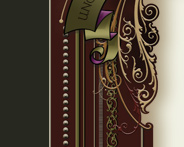 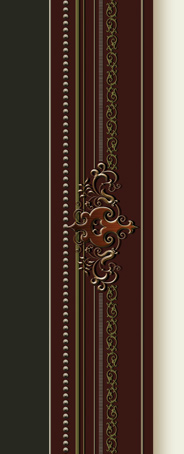
|
Accessing alternate glyphsMost OpenType fonts today contain special hidden alternate glyphs. These glyphs are not accessible simply by using the keyboard. Instead, it is necessary to use your application's glyph selector. If your application does not provide a method to access the alternate glyphs, you may use a third-party application to copy the desired glyph and then paste it into the application you are designing in.
Using Adobe Illustrator
Charles Borges de Oliveira demonstrates how to access the character variations of his LHF Desire font using Adobe Illustrator's Glyph Palette. Although this tutorial uses LHF Desire, this method will work with all OpenType fonts and is our first choice for accessing the alternates.
Adobe Photoshop CC and newer Patrick Kalange shows how to access your font's alternate characters using the Glyph Palette in Adobe Photoshop CC.
Windows Character Map Charles Borges de Oliveira demonstrates how to access the character variations of his LHF Desire font using the Windows Character Map with Adobe Photoshop. Although this tutorial uses LHF Desire, this method will work for all OpenType fonts. Note that Character Map is not easy to use. Therefore it is recommended as a last resort.
PopChar Charles Borges de Oliveira demonstrates how to access the character variations of his LHF Desire font using PopChar with Adobe Photoshop. This method will work for all LHF fonts.
BabelMap Patrick Kalange demonstrates how to access LHF Tributary's many character variations using Adobe Photoshop for PC and BabelMap. This method works with all LHF fonts. BabelMap is a free alternative to the default Windows Character Map. If you find it useful, you might want to send its creator Andrew West, a donation through his site: www.babelstone.co.uk
CorelDraw Now it's easier than ever to find and insert OpenType font special characters, symbols and glyphs in CorelDRAW and Corel PHOTO-PAINT. The revamped Insert Character Docker automatically displays all the characters, symbols and glyphs associated with a particular font. You can also now filter subsets to display only the characters you want. It's a faster, easier way to work with OpenType fonts.
Font Book on Mac If you're using a Mac, you may access the glyphs by using Font Book (Finder > Applications > Font Book). Select View and and change to Repertoire. You may then copy the desired glyph using "Command+C" and paste it into your document or drag and drop the glyph into your design application.
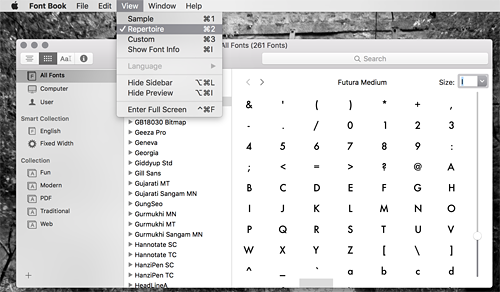 |
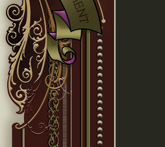 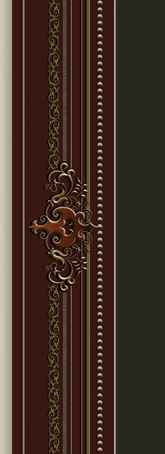 |
|||
 |
 |
||||

|
|||||
|
CONTACT
|
|
|
|
|
|
|